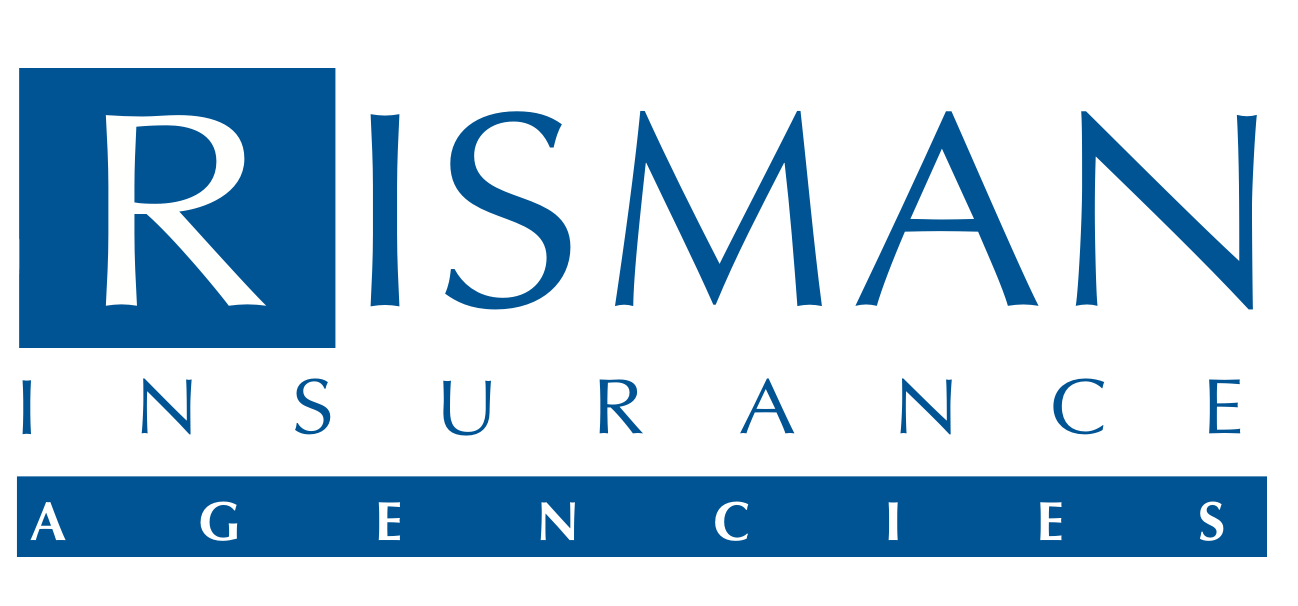Insurance policies, whether for personal or commercial purposes, are designed to be safety nets, providing protection and peace of mind in times of need. However, in the complex web of coverage options, one often overlooked aspect is loss of use coverage. While many policies may offer a standard 12 months of coverage, the question arises: is that enough? In this blog post, we’ll explore the importance of reviewing loss of use coverage for both personal and commercial clients and why a mere 12 months might leave you exposed to unforeseen challenges.
- Understanding Loss of Use Coverage:
Loss of use coverage, also known as Additional Living Expenses (ALE) for personal insurance or Business Interruption Coverage for commercial insurance, steps in to cover the additional costs incurred when a property is uninhabitable or a business is temporarily disrupted due to a covered loss. This can include expenses such as temporary housing, increased commuting costs, or additional rent for business relocation.
- The Standard 12-Month Limitation:
Many insurance policies, both personal and commercial, come with a default 12-month limit for loss of use coverage. While this may suffice for relatively straightforward claims, it can fall short in more complex or severe scenarios. Consider a large-scale natural disaster or a protracted construction delay – situations where rebuilding or restoring a property may extend beyond the typical one-year timeframe.
- Commercial Considerations:
For commercial clients, the impact of a disruption can be far-reaching. A 12-month limitation on business interruption coverage may not be sufficient to account for the time it takes to rebuild, replace equipment, and reestablish operations. This is particularly crucial for businesses with intricate supply chains or those heavily reliant on specialized machinery.
- Complex Personal Claims:
On the personal front, homeowners facing extensive damage may find themselves grappling with prolonged construction timelines. In cases where rebuilding or restoration faces unexpected delays, a 12-month cap on Additional Living Expenses may leave individuals and families in a financial bind, especially if they need to secure temporary housing for an extended period.
- Tailoring Coverage to Specific Risks:
Reviewing and potentially extending loss of use coverage allows clients to tailor their insurance to specific risks. Whether it’s accounting for regional factors like the potential for extended rebuilding timelines or industry-specific challenges in the commercial sector, customization ensures that coverage aligns with the unique needs and risks associated with a particular property or business.
- Protecting Financial Stability:
The overarching goal of insurance is to provide financial stability in the face of adversity. By reviewing and adjusting loss of use coverage to reflect the potential length of disruptions, clients can better protect their financial well-being. This proactive approach not only safeguards against unexpected challenges but also reinforces the fundamental purpose of insurance – to be a reliable and comprehensive safety net.
In the ever-changing landscape of risk and uncertainty, the importance of reviewing loss of use coverage cannot be overstated. Whether for personal or commercial clients, the default 12-month limit may prove insufficient in the face of prolonged disruptions. By taking a closer look at coverage options and tailoring them to specific risks, individuals and businesses can ensure that their insurance serves as a robust and reliable shield, offering not just a safety net but a comprehensive and enduring support system in times of need.

Recent Comments